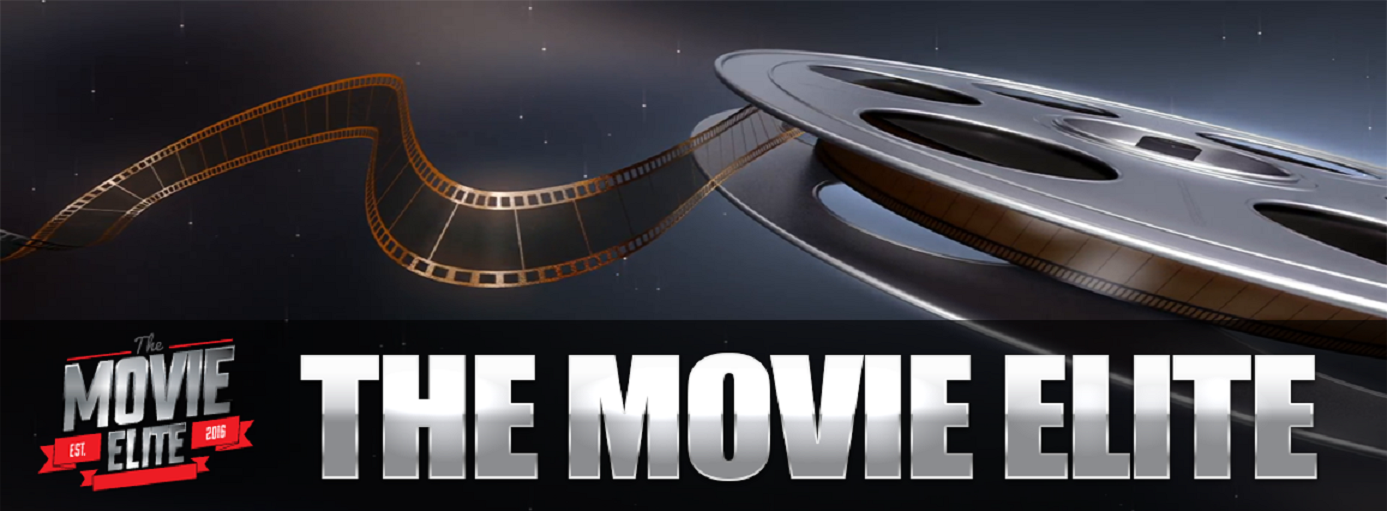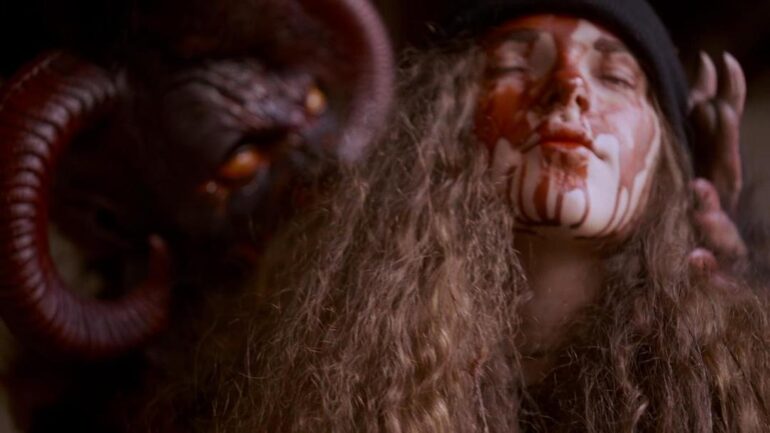Brad Sykes, an award-winning filmmaker and author with over twenty feature films to his name, lives in Los Angeles with his wife, producer Josephina Sykes, where they operate Nightfall Pictures, a full-service development and production company. Recently, Sykes co-executive produced and co-directed the third and final film in the ‘Hi’ Trilogy, Hi-Fear.
Hi-Fear is being released on Digital June 13 and DVD July 11 from Wild Eye Releasing.
Is it harder to put together a standard film, with a three-act structure, than it is something less traditional like an anthology film?
For me, it’s the opposite: I’ve been making features since the late 90s, so I’m used to three act structure, ten-page treatment, etc. To go back and adjust my thinking for the short-film format, which I hadn’t really made since film school, was a challenge. Especially so with the first anthology we did, HI-8: HORROR INDEPENDENT EIGHT, where all the segments had to be around ten minutes. You have to try not to cram too much story into the short, keep it simple and just have fun with it.
With HI-DEATH and HI-FEAR, we ended up having fewer shorts and having longer running times. For example, HI-FEAR has four longer segments. Our segment, “Day out of Daysâ€, is 35 minutes. So, we were able to tell a longer, more detailed story – in the case of our segment, it takes place over four days.
The other thing you have to consider in making an anthology is the wraparound, which needs to have its own structure and rhythms, which are affected by the individual segments. On HI-FEAR, we didn’t really start writing the wraparound until we started receiving the completed segments, and that helped us decide 1) order of segments and 2) structure of the wraparound. We also had to have the segments done for technical reasons, because each segment begins with a ‘drawing’ that was based on the first shot of the segment. It’s kind of like piecing together a puzzle and very different than feature filmmaking.
Usually with the case of anthology films, there’s some weak segments and some strong segments. What are your strongest and personal faves among the HI-FEAR stories?
Well, as an executive producer and close friend of the other directors (two of whom, Tim Ritter and Todd Sheets, have contributed segments to all three films in the series), it’s hard to be impartial. I do think that, cumulatively, HI-FEAR is the strongest film in the series, with no weak links. Each of the four stories in HI-FEAR is a very different type of horror, from mildly comedic “Up All Night†type of horror to A24 style horror, and I think they all deliver on what they set out to do.

Have you always had a lot of horror anthologies?
Prior to the ‘HI’ films, I only directed one anthology, ZOMBIE CHRONICLES, which had two segments and a wraparound (and was shot in 3D!). I didn’t even think of doing another anthology film until we came up with the idea for HI-8, which really started as a fun, experimental way for a lot of veteran filmmakers to get back to their roots.
As a fan, my favorite horror anthologies are CREEPSHOW and TALES FROM THE CRYPT.  I’m also partial to THE BURNING MOON, AFTER MIDNIGHT and CAMPFIRE TALES (1991 and 1997).
Which of them do you feel the Hi franchise most resembles?
With HI-8 and HI-DEATH, we deliberately avoided some of the cliches you usually find in all anthology movies, like a Crypt Keeper type character, etc.
But with HI-FEAR, since it was our final film in the series, we wanted to pay homage to those comic book-inspired films. So, the wraparound centers on a comic book artist whose greatest fears come to life through her art. We even created a comic book prop especially for the end of the film. So that was my little tip of the hat to CREEPSHOW and the EC Comics-inspired Amicus films.
Did you lose any ideas this time around that you might use later?
We never considered that many different concepts for our segments on the ‘HI’ movies, we pretty much knew exactly what we wanted to do each time out. In all three movies, the scripts we ended up writing were based on ideas that either Josephina or I had been thinking about for years, but never developed because they weren’t quite right for a feature. But they were perfect for shorts!
What about ideas that you did use that you’d also consider fleshing out into a feature-length movie sometime?
While we were posting ‘Day out of Days’, which took a long time thanks to the pandemic and all the VFX, we kept saying that this could have been a feature. And maybe it could have, but that would have meant more shooting days, more money, and – most importantly – a movie that might have felt more padded. I’d rather have a really tight, focused 35 minute short than a padded feature.
Why should audiences watch HI-FEAR?
Audiences should watch HI-FEAR because it offers new and personal visions of horror that are quite different than other anthologies, and other contemporary horror movies, period. I think the reason these movies have caught on from the beginning is that they offer creative freedom to the filmmakers, which results in more interesting work that is freed from commercial boundaries. HI-FEAR and the previous two films are made by horror veterans who know and love the genre, and also love pushing its limits. I guarantee you’ll see things in HI-FEAR that you won’t see anywhere else.
Â

